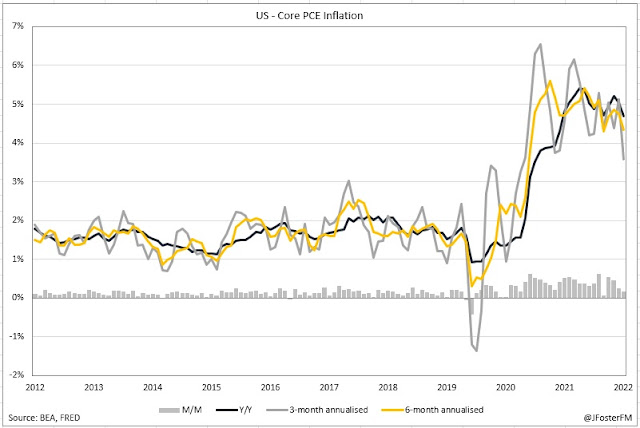A very challenging 2022 draws to a close, a year in which markets had to contend with a range of macroeconomic and geopolitical headwinds. Rapid rate hiking cycles from global central banks in response to surging inflation, the accentuation of supply pressures in goods and energy markets following the war in Ukraine, ongoing disruptions from Covid (particularly in China) and elevated volatility are just some of the key themes that influenced markets. Economies have been remarkably resilient but will be tested in 2023 as the effects of rate hikes flow through. Improving signs on the inflation front have come through recently and if that continues, markets (if not already) appear likely to switch their focus to growth factors in 2023.
BoJ lifts the anchor
The anchor point in global bond markets from Japan was lifted this week at the Bank of Japan's policy meeting. The BoJ announced the band for Yield Curve Control (YCC) would widen to allow the 10-year bond rate to rise to 0.5% from 0.25% previously. In the post-meeting press conference, Governor Kuroda said the move did not constitute a rate hike and was made to support market functioning. Indeed, the meeting minutes noted that it was necessary to continue with policy easing to ensure the inflation target is met in a "sustainable and stable manner" backed by wage increases. However, markets have taken the decision as being the first step towards ending YCC and a broader normalisation of monetary policy in Japan.
US inflation continues to slow
Monthly US inflation prints continue to show sequential improvement. Underlying inflation on the core PCE deflator was 0.2% in November, down from 0.3% in the prior month and 0.6% at the highs in the middle of the year. The annual pace eased to 4.7% (from 5%), though the pace is softer on both a 3-month (3.6%) and 6-month annualised basis (4.3%), indicating there could be downside risk to the Fed's 2023 projection (3.5% year-on-year).
Pause enters RBA radar
The December RBA meeting minutes showed that while the Board considered rate hikes of 25 and 50bps (and ultimately decided on the former), the option of pausing entered the Board's discussions for the first time in the tightening cycle. Further tightening looks likely in 2023, but a pause may not be too far away as I discuss in a more detailed note here.
ECB's hawkish tones continue
Communication from the ECB remains strongly hawkish following last week's policy meeting. ECB Vice President de Guindos underscored this point in an interview published on the ECB website where he noted that 50bps rate hikes "may become the new norm" and that rates were still short of reaching the restrictive levels needed to return inflation to target.
UK economy contracts in Q3 as households cut consumption
September quarter UK GDP figures were revised to show a slightly larger contraction of 0.3% amid expectations the economy is already likely in recession. Growth expanded modestly through the first half of the year (0.7%), but households hit the brakes on consumption in Q3 (-1.1%) in response to falling real incomes caused by high inflation, with BoE rate hikes an additional headwind.
---
Thanks for reading and for all the discussions throughout the year. Merry Christmas and best wishes for 2023.


